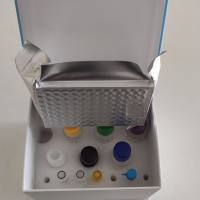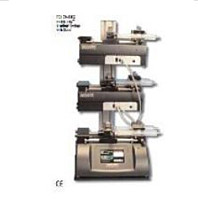A major challenge to drug delivery in the brain is caused by the blood–brain barrier (BBB), a composite of endothelial structures that exclude over 98% of small-molecule drugs and almost 100% of large-molecule neurotherapeutics from being transmitted to the brain. Current strategies for overcoming the BBB are either invasive, non-targeted, or demonstrating limited carrying capacity. Alternatively, non-invasive, transient, and local, image-guided blood–brain barrier disruption (BBBD) can be accomplished using focused ultrasound (FUS) exposure with intravascular injection of pre-formed microbubbles. Low-intensity FUS administered with microbubble-based ultrasound (US) contrast agents has been shown to transiently disrupt the BBB, allowing agents into the brain over several hours. Evaluation in vivo using MRI-guided FUS showed minimal adverse effects, as compared to invasive interventions. Electron microscopy indicated FUS activated trans-cellular transport, and reversibly affected tight junctions. Transient disruption of the BBB allowed delivery of both small-molecule drugs (Doxorubicin) and large-molecule antibody-based chemotherapeutic (Herceptin). The FUS-induced BBB disruption also allowed delivery of both molecular imaging and therapeutic agents directly to amyloid plaques in Alzheimer’s disease mouse models. A detailed description of the method for MRI-guided focal BBBD in animals will be described in this chapter.






